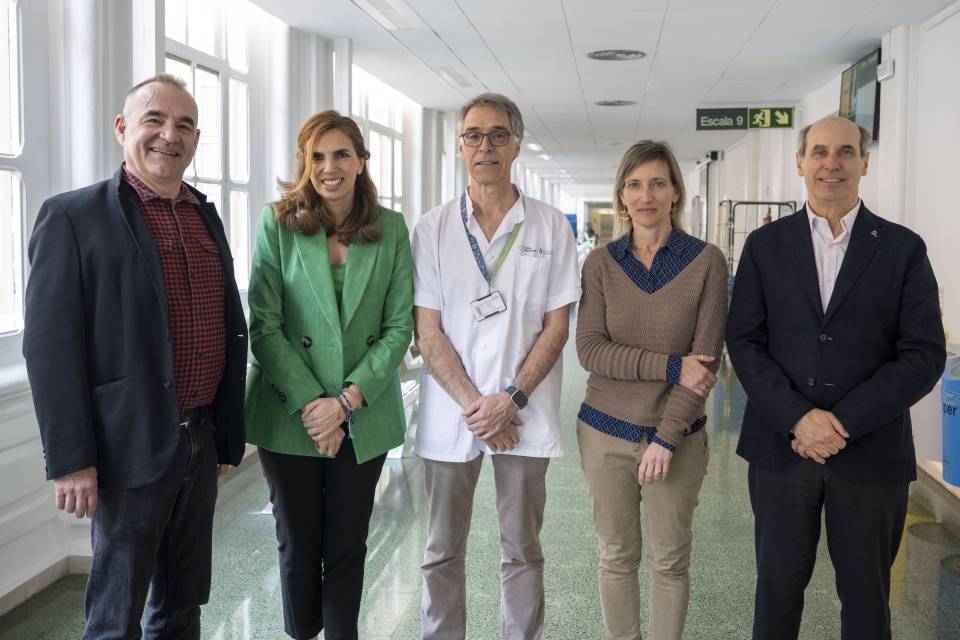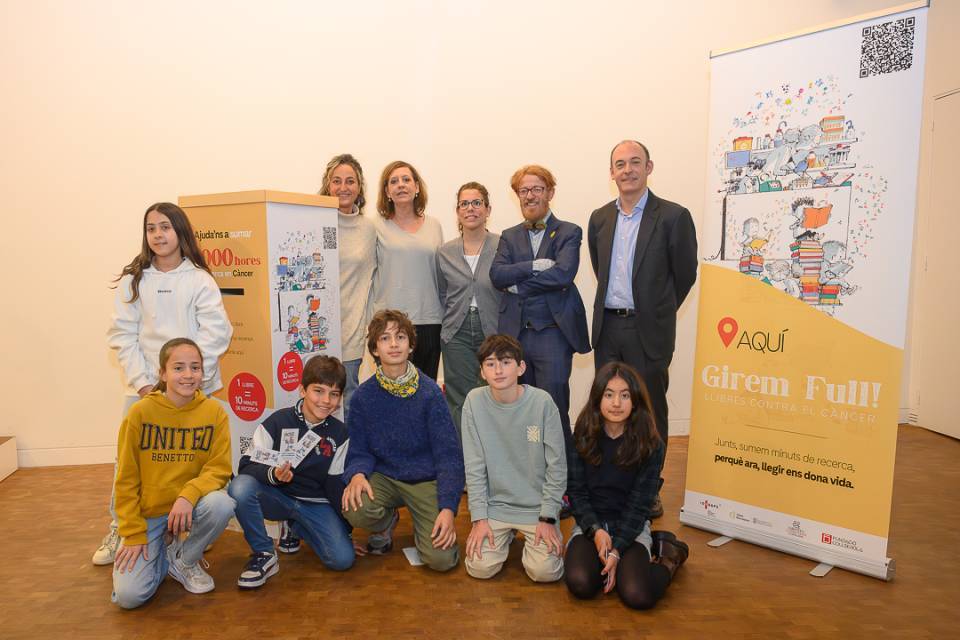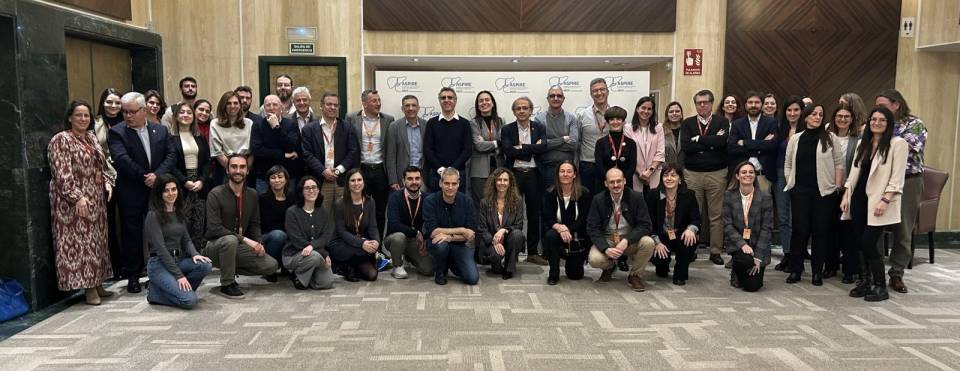- What is it?
- The genetics of Cancer
- Natural history
- Impact of Cancer
- Types of Cancer
- Causes and risk factors
- Prevention
- Signs and symptoms
- Treatment
- Evolution of the disease
- Palliative care
Treatment of Cancer
Once cancer has been diagnosed, a multidisciplinary team assesses each case on an individual basis, in collaboration with the patient, so they may plan the treatment with the best chance for a cure.
The team comprises all of the healthcare professionals directly involved in the diagnosis and treatment of the disease, including radiologists, nuclear medicine specialists, pathologists, radiotherapists, oncologists, surgeons and specialists related to each kind of tumour.
The type of treatment is established according to the following factors:
- Patient characteristics. Their age, functional status and the presence of other diseases that complicate particular treatments.
- The phase or stage of the disease (TNM system).
- Tumour type. Anatomical-pathological and molecular characteristics.

Surgery is an effective and definitive treatment for localised solid tumours that may require the integration of other treatments. In certain types of cancer, surgery is also used to reduce the size of the tumour, as a palliative treatment to alleviate the side effects produced by the tumour or for reconstructive purposes.

Radiotherapy involves the use of high-energy ionising radiation to alter the cancer cells’ ability to divide. It may be administered as the primary therapy, to complement other techniques or as a palliative treatment.

Drugs may be administered alone or in combination with other treatments. The main treatments are:
- Chemotherapy. Chemotherapy uses drugs that interfere in the cell cycle and destroy cancer cells. They may be administered as a single drug (monotherapy) or as a combination of several drugs (combination therapy). It may be administered before (neoadjuvant chemotherapy) or after the primary treatment (adjuvant chemotherapy), which is normally surgery. Chemotherapy is also administered in combination with radiotherapy or a palliative treatment. The most common route of administration is intravenous, often using a catheter to infuse the medications. To avoid repeated puncture wounds, a small plastic or metal device (Port-a-Cath®) may be placed under the skin and attached to the catheter. Some medications can be administered orally.
- Hormone therapy. Certain types of tumour, such as breast cancer and prostate cancer, depend on hormones to grow. If the tumour cells have hormone receptors on their surface, then their growth is stimulated by normal hormones. Hormone treatments work by preventing the body from synthesising hormones or altering their effects on particular cells to reduce the growth of certain tumours.
- Biological therapies. These treatments differ from chemotherapy because they are designed to specifically block certain aspects of cell or tumour biology rather than destroying all cells that reproduce quickly. One example is the use of monoclonal antibodies that bind to and block membrane receptors or deactivate their intracellular domain.
- Immunotherapy. This treatment is designed to enhance, improve or stimulate the patient’s immune system. Unlike other treatments, it does not function by destroying the tumour cells, but rather it triggers the immune system to attack and destroy the tumour.
More often than not chemotherapy is administered intravenously. Different devices are available for patients with poor venous access, so the healthcare team can avoid making repeated puncture wounds and damaging peripheral veins. The devices used most often are peripherally inserted central catheters (PICC line) and Port-a-Caths®.

A PICC line is a catheter introduced through a vein in the upper arm. The end of the catheter finishes in a large vein close to the heart. It is inserted by making a small incision in the skin under local anaesthesia. Once inserted, the catheter is fixed to the arm to hold it in place. The healthcare team then take an X-ray to ensure it is in the correct position. Once the PICC is in place, the patient is free to go home without any complications. The catheter is protected with a waterproof dressing, but it is still a good idea to avoid wetting it directly as it could become unstuck. Your healthcare centre will replace the dressing once a week.

The Port-A-Cath® is a plastic disc introduced beneath the skin on the chest or arm and which subsequently connects to the blood stream through a catheter. Port-A-Cath® placement involves a minor surgical procedure under local anaesthesia. Once the Port-A-Cath® and catheter have been positioned correctly and the incision has healed, wearers only notice a slight lump under their skin. There is no reason why they should cause discomfort; however, patients should talk with their healthcare team before taking part in any activities involving excessive or repetitive physical movements. There is no needle in place when patients are not receiving treatment, so the system does not require any special care and patients can wash and bathe as usual. When they are receiving treatment, the needle is covered with a dressing to secure it and keep the puncture site clean. The dressing must be kept clean and dry. The injection site must be checked on a regular basis. If it moves, swells or redness or bruising appear, patients should inform their healthcare team.

The procedure known as a haematopoietic stem cell transplant aims to replace diseased bone marrow stem cells with healthy ones from a donor. The donor could be the actual patient (autologous or autogenic transplant) or someone else (allogeneic transplant).
- Hyperthermia. The use of heat to damage and eradicate cancer cells without damaging normal cells. Heat is applied from outside the body using a machine or directly to the tumour using a needle or probe.
- Laser therapy. This technique employs a very narrow and focused beam of light to destroy the cancer cells. It is applied by means of a fine, lighted tube that is inserted in the body or placed directly over the skin. Laser therapy is used to: destroy tumours and precancerous tumours, reduce tumours, help treat symptoms such as bleeding, reduce postoperative pain by sealing nerve endings, seal lymph vessels, and prevent tumour cells from propagating.
- Photodynamic therapy. In this type of therapy, the patient is injected with a medication that is sensitive to a special type of light. The medicine remains in cancer cells for longer than in healthy cells. A doctor then focuses the light from a laser or other source on the cancer cells. The light transforms the medicine into a substance that destroys cancer cells.
- Cryotherapy. This type of treatment employs an extremely cold gas to freeze and eliminate the cancer cells. It is sometimes used to treat cells that could develop into a malignant tumour (precancerous cells) on the skin or cervix, for example. Doctors may also use a special instrument to apply cryotherapy to tumours inside the body such as liver or prostate tumours.
A clinical trial is a medical research study carried out on people that decide to participate voluntarily. They contribute to the discovery of better methods of treating, preventing, diagnosing and understanding human diseases such as cancer. Clinical trials may be used to test the safety and efficacy of new medications or to compare existing treatments in order to determine which is more beneficial.
Many clinical trials compare a new treatment against the best treatment currently available (which is usually given to what is known as the control group). If no effective treatment has been developed yet, the new therapy can be compared against a placebo, that is, a preparation that looks like a medicinal product, but which does not have any activity. To ensure the results are reliable patients may be randomly assigned to one of the treatment groups (randomisation) and neither the patient nor the doctor knows which of the two treatments they will receive (unless they need to know this information).
Before conducting trials with human subjects, safety and efficacy studies are performed on animals and if the therapy is considered promising and safe, the research will continue and proceed to the study carried out with people, but while always taking all possible precautions.
All clinical trials are regulated by a protocol which defines the study plan, in other words, how it will be conducted and why it should be conducted, the participant inclusion criteria, which participants will be excluded to avoid detriment against them, and so on.
This study protocol must be reviewed and approved by a group of hospital experts and the health authorities before the trial can begin. These experts are responsible for protecting the rights of the people who will participate in the trial.
In Spain, new medicinal products cannot be registered or marketed without firstly undergoing clinical trials that demonstrate their safety and efficacy under specific conditions. Therefore, clinical research is both necessary and desirable.
The importance of clinical trials for the advancement of medicine is unquestionable. If they were not conducted, and without the volunteers who selflessly participate in them, researchers would not be able to discover effective treatments for human diseases.
The treatments can produce side effects that depend on the location of the tumour, the type of treatment and each person’s sensitivity. Most of the late side effects associated with both chemotherapy and radiotherapy disappear at the end of the treatment. But some persist, reappear or develop later on. These late effects may include the appearance of a second cancer. However, the risk of a second cancer emerging due to chemotherapy or radiotherapy is very low and inferior to the benefit obtained by treating the cancer.
All cases of cancer and its treatment present particular problems and it is important to understand that almost all kinds of response and all the emotions and feelings (sadness, fear, anxiety, anger, despair, and so on) are natural reactions when confronting the crisis implied by the disease.
Accordingly, patients and their families should be offered useful resources during the adaptation process, for instance, so they can accept help from others at certain moments without having to stop doing things for themselves.
How patients respond to the disease depends on several factors. Coping strategies are influenced by physical factors related to the disease and its treatment, as well as psychological (personality traits, previous methods for coping with adversities, amongst others), developmental, economic, social and existential/spiritual factors. All aspects of the patient’s life will be affected. Living with cancer is a solitary struggle. Family, friends, and different healthcare professionals are there to help. If this help is insufficient to adapt to this new “normality”, psychotherapy can also form part of the oncological treatment.
Some cancer patients turn to treatments that are not considered part of conventional clinical practice, whether as a complement to the therapies indicated by their doctors (complementary medicine) or as a substitute (alternative medicine). There are several reasons why patients resort to these treatments: partially controlled symptoms, a patient response to the disease’s progression and anxiety, amongst others.
The lack of evidence regarding these treatments makes it impossible to define the possible indications. Some helpful criteria for patients who decide to use them are as follows:
- The key point when making decisions is safety. Natural does not mean the therapy is without risks.
- Do not confuse well-being with treatment efficacy. There are procedures or situations that improve patient well-being but without interfering with the treatment. Well-being is a very subjective sensation, so it is difficult to extrapolate the possible benefits to other patients.
- It is essential to discuss the options with the professionals. The doctors prescribing the oncological treatments must be told about the exact drugs or natural products taken by each patient.
- Herbal treatments (phytotherapy) can have pharmacological interactions with conventional treatments.
- Most public health systems do not provide financial support for complementary (or alternative) treatments given the lack of solid evidence concerning their efficacy. Resorting to complementary (or alternative) therapies can represent a significant cost for the patient.
- The reliability of the sources of information is very important. The following criteria should be considered:
- Who has produced the information? Government sources or educational institutions (.gov, .edu).
- Who sponsors the studies and how are they financed?
- How are the results disseminated? Is it in peer-reviewed publications?
- The date when the information was produced is a very important factor as the field of oncology is subject to very rapid changes and innovations.
- A lot of information about the benefits of certain treatments is spread through social networks. In such cases it is very hard to assess the reliability. It is important to remember that as a general rule the benefits derived in a specific person cannot be automatically extrapolated to other people.
Substantiated information by:
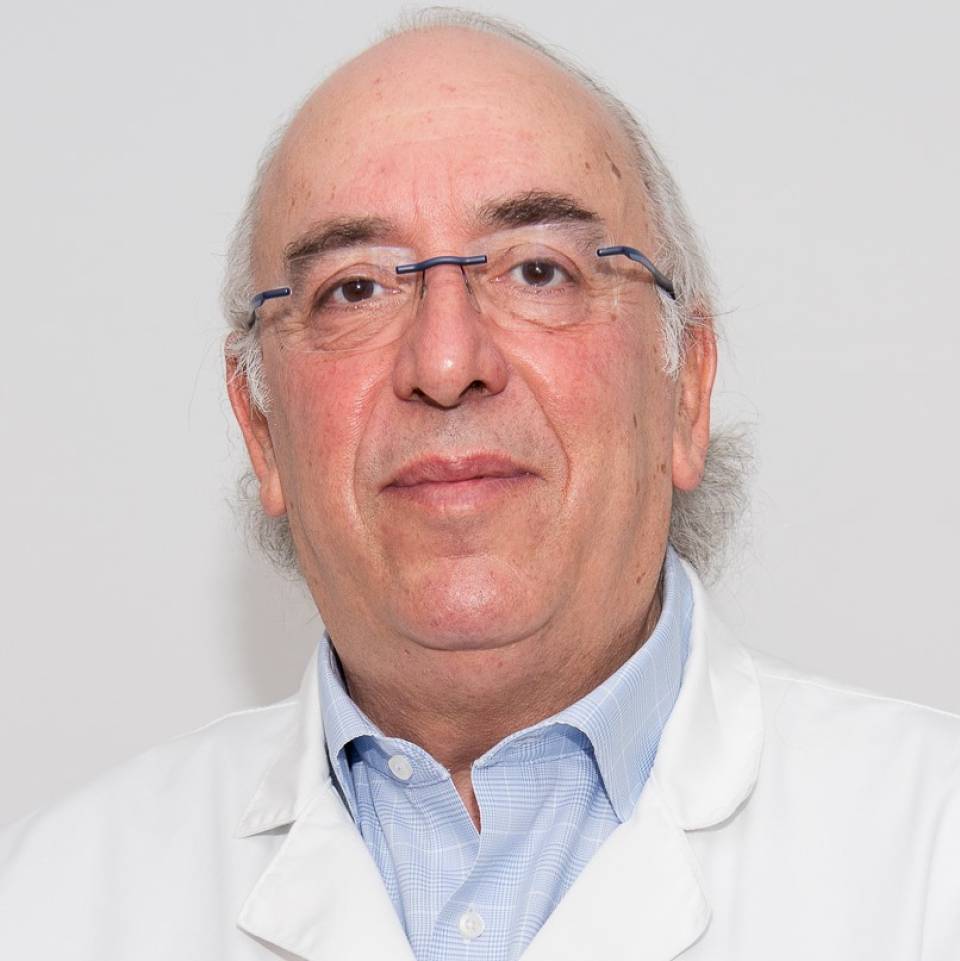
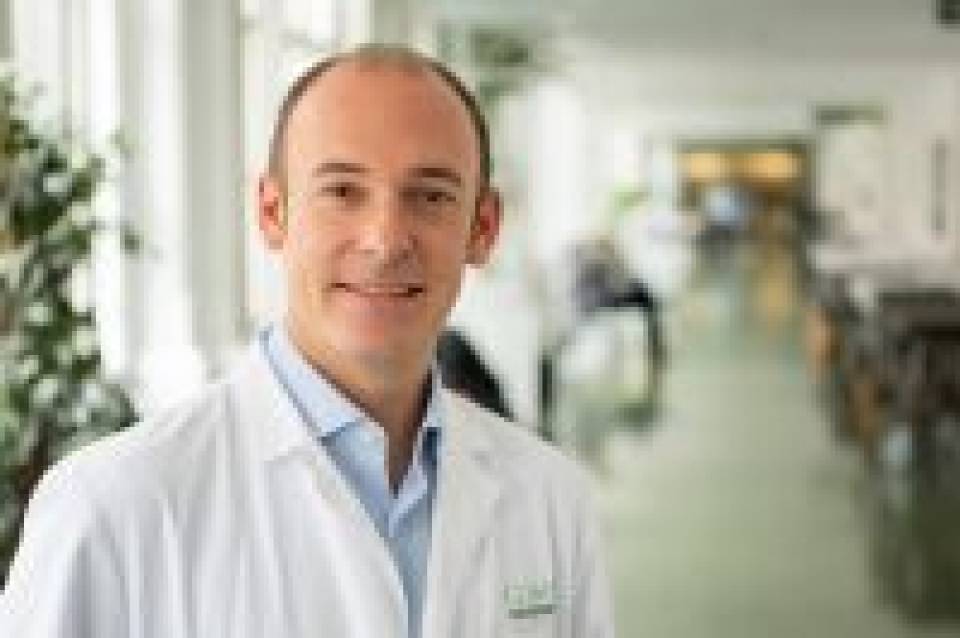
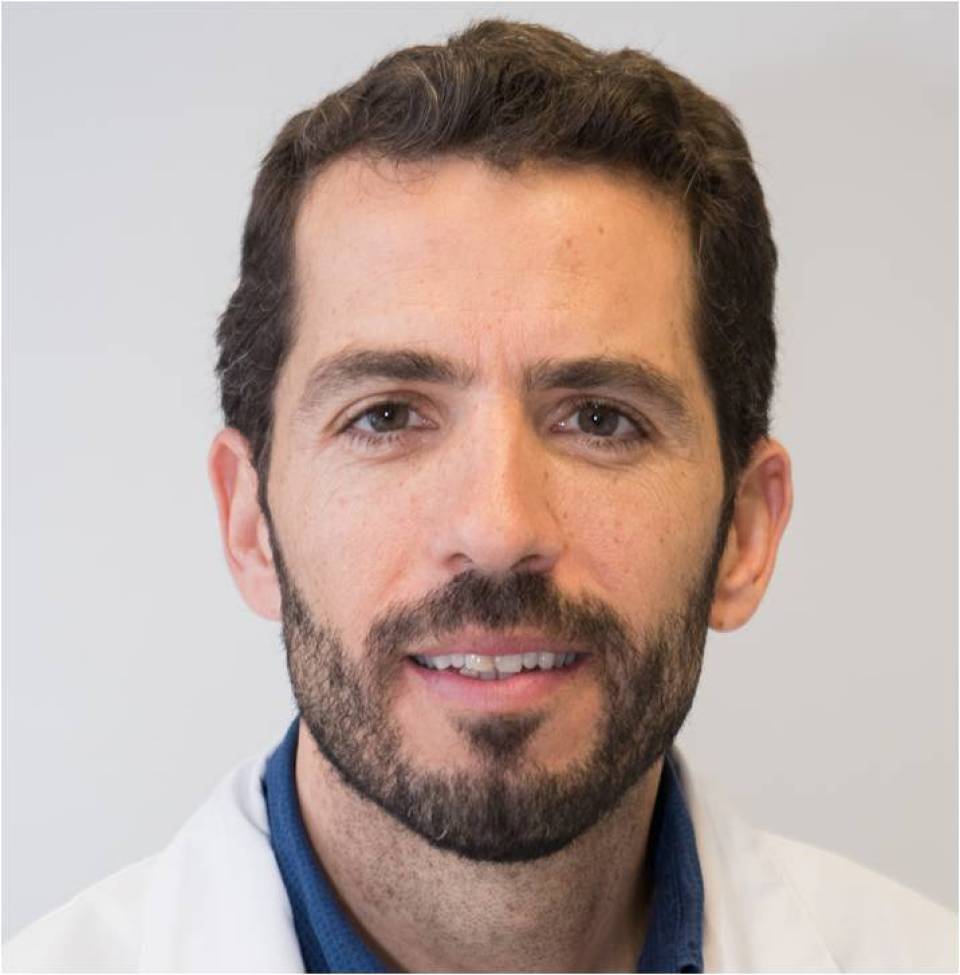

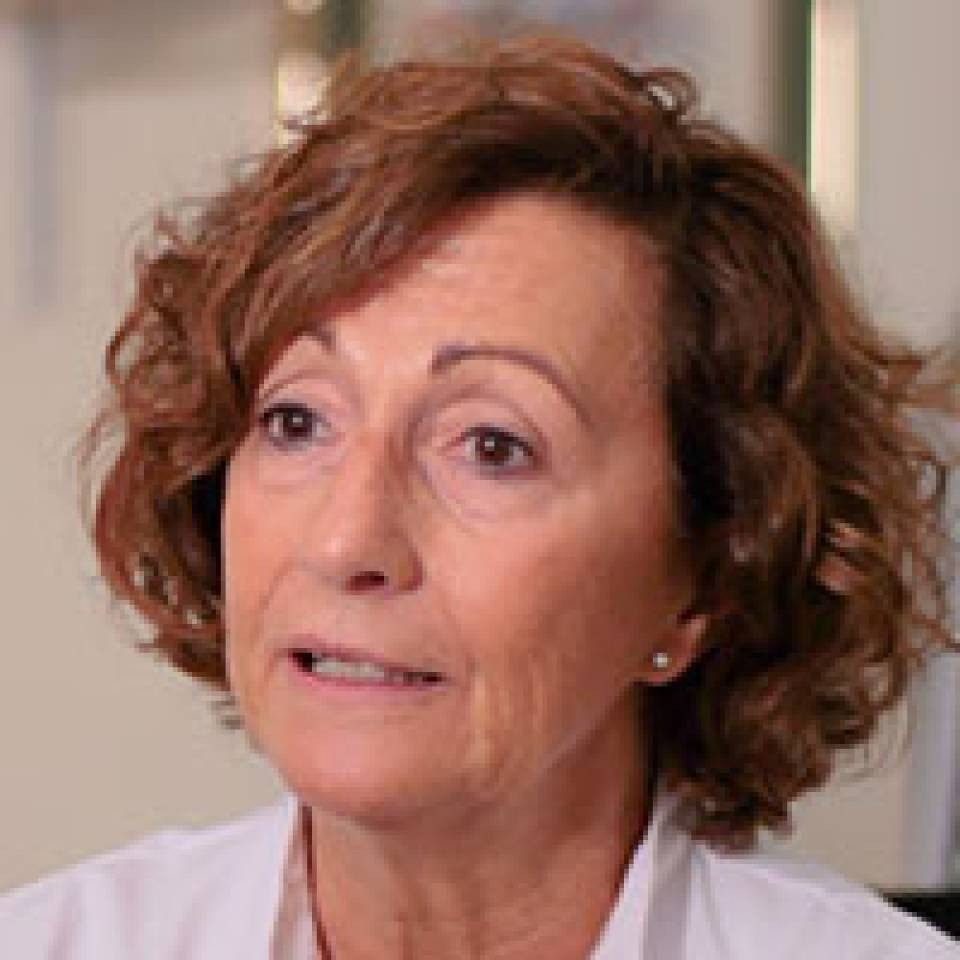
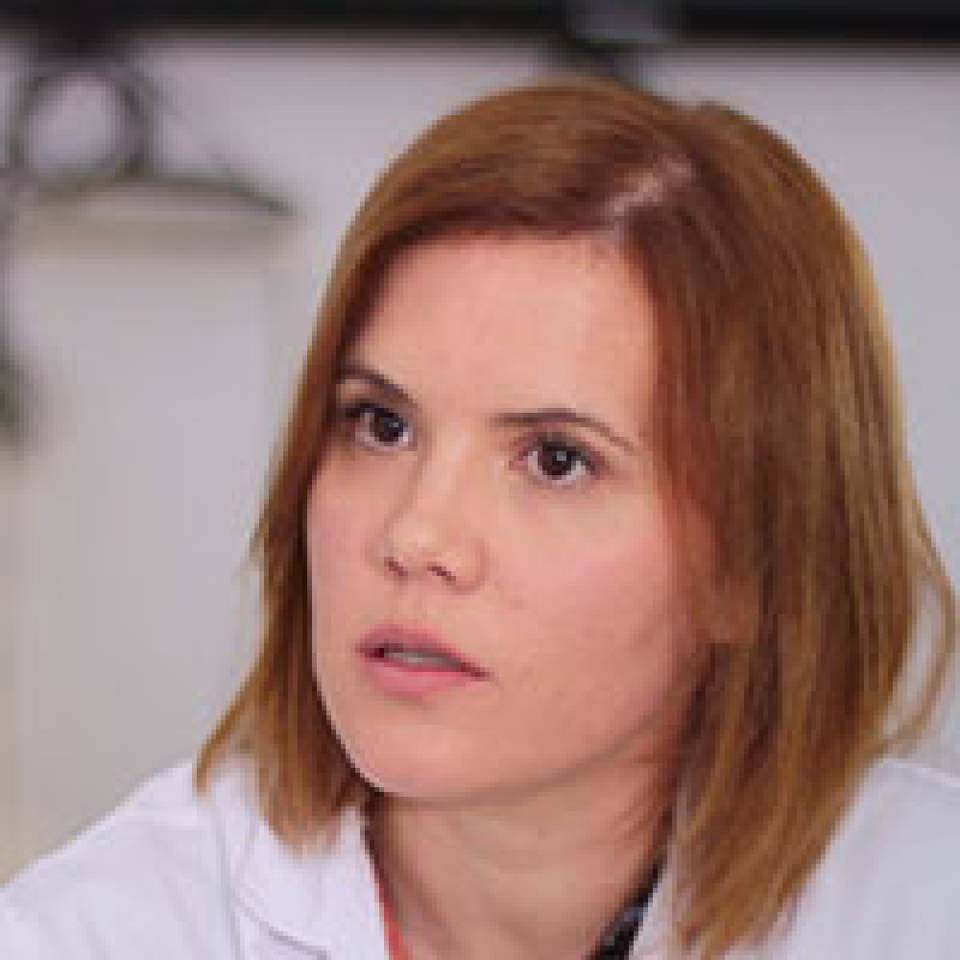

Published: 12 November 2018
Updated: 20 November 2018
Subscribe
Receive the latest updates related to this content.
Thank you for subscribing!
If this is the first time you subscribe you will receive a confirmation email, check your inbox
